UML in a Nutshell (In a Nutshell) 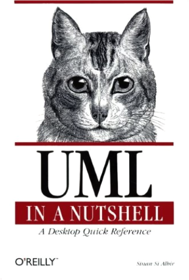 All indications suggest that the industry is rushing to the UML. Created by leading software engineering experts Grady Booch, James Rumbaugh, and Ivar Jacobson (now of Rational Software Corporation), and accepted as a standard by the Object Management Group (OMG) in 1997, the language has already achieved more success than any previous contenders. With a firm conceptual and pragmatic basis, it is well suited to supporting projects in modern languages like C++ and Java. And standardization lays the groundwork for tools as well as standard methods or processes. This book presents the UML, including its extension mechanisms and the Object Constraint Language (OCL), in a clear reference format. For those new to the language, a tutorial quickly brings you to the point where you can use the UML. The book is concise and precise, breaking down the information along clean lines and explaining each element of the language. Introductory chapters also convey the purpose of the UML and show its value to projects and as a means for communication. Topics include: The role of the UML in projectsThe object-oriented paradigm and its relation to the UMLTutorial with realistic examplesAn integrated approach to UML diagramsClass and Object, Use Case, Sequence, Collaboration, Statechart, Activity, Component, and Deployment DiagramsExtension MechanismsThe Object Constraint Language (OCL) Iphone in Action: Introduction to Web and SDK Development 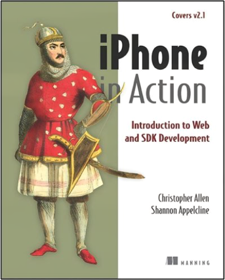 Head First EJB: Passing the Sun Certified Business Component Developer Exam (Head First) 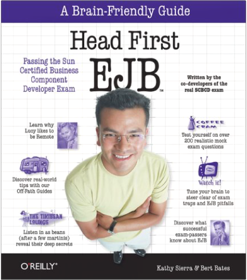 About Face 3.0: The Essentials of Interaction Design 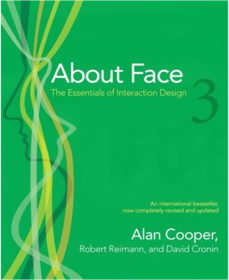 Das unglaubliche Comeback des Steve Jobs, Grünes Umschlagssignet 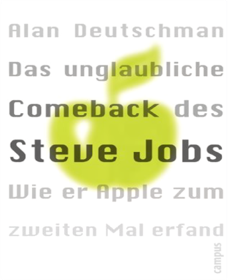 Die Periode zwischen der Entlassung im Sommer 1985 und der Wiedereinstellung als Apple-Geschäftsführers Anfang 2000 bildet den zeitlichen Bezugsrahmen dieses Buches über Steve Jobs, für das Autor Alan Deutschman nach eigenen Angaben fast 100 Interviews mit Bekannten, Mitarbeitern und Freunden des Managers führte. Aus der beobachtenden Warte heraus zeichnet Deutschman in seinem Buch das Bild eines charismatischen, teils tyrannisch verbohrten, teils durchaus menschelnden und bauernschlauen Managers. In guter Hollywood-Manier ist ein inhaltlich klassischer Dreiteiler entstanden: Der Held zieht aus um eine Niederlage wieder gutzumachen, gerät dabei gefährlich nah an das endgültige Scheitern um dann als strahlender Sieger dazustehen. In einer gut lesbar geschriebenen Dialoghandlung ist Deutschmann eine Skizze zur sehr schillernden Persönlichkeit des Steve Jobs gelungen, der der Leser die Faszination des Autors für "seinen" Helden allerdings in jeder Zeile anmerkt. Gewollt oder ungewollt — hinter der Kulisse eines amerikanischen Heldenepos offenbaren sich dem (europäischen) Leser hochinteressante Einblicke in das Denken und Tun von Topmanagern jenseits des Atlantik. Und diese machen das Buch auf eine ganz andere Art und Weise spannend. —Horst-Joachim Hoffmann New Turing Omnibus 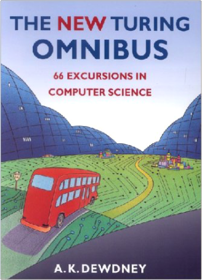 Core Animation for Mac OS X and the iPhone: Creating Compelling Dynamic User Interfaces 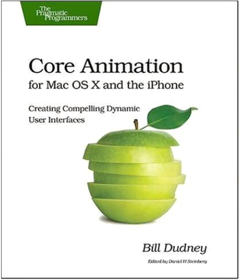 iPhone SDK Development 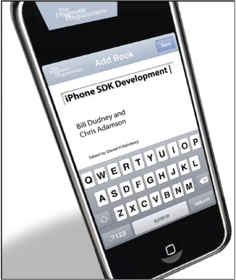 TextMate: Power Editing for the Mac (Pragmatic Programmers) 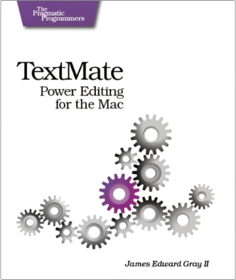 COCOA Programming for MacOS X.: Programming for OS X 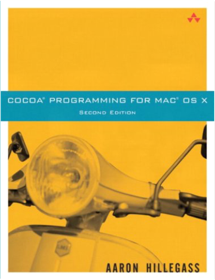 Learning Cocoa 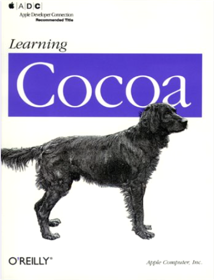 Jquery in Action 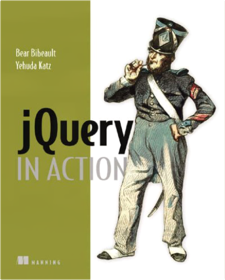 Durchblick im Netz 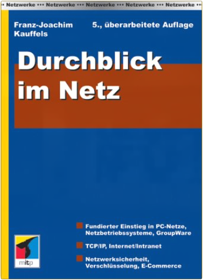 Learning Java, w. CD-ROM (Java) 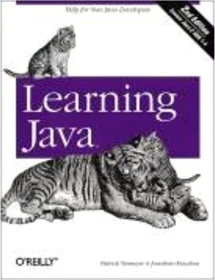 Apple — Streng vertraulich! 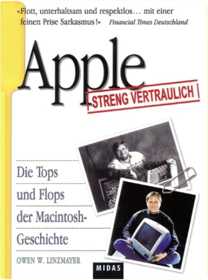 Programming Cocoa with Ruby 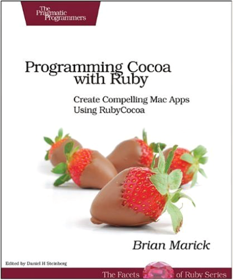 Algorithms of the Intelligent Web 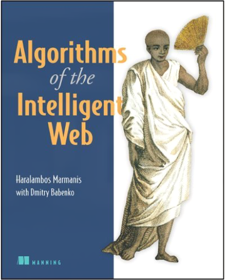 Sprechen Sie Java? Eine Einführung in das systematische Programmieren 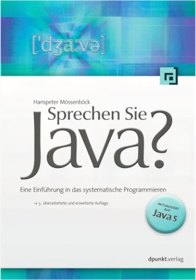 JAVA als erste Programmiersprache. - vom Einsteiger zum Profi 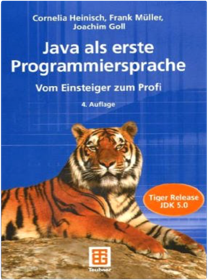 RealBasic. The Definitive Guide. Create Your Own Macintosh Applications: The Definitive Guide 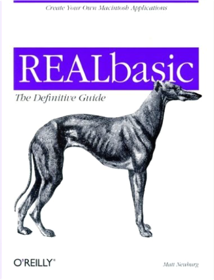 Eclipse Web Tools Platform. Developing Java Web Applications 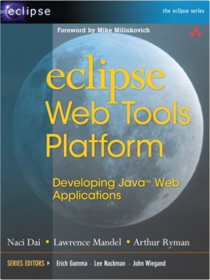 The Eclipse Web Tools Platform (WTP) seamlessly integrates all the tools today’s Java Web developer needs. WTP is both an unprecedented Open Source resource for working developers and a powerful foundation for state-of-the-art commercial products. Eclipse Web Tools Platform offers in-depth descriptions of every tool included in WTP, introducing powerful capabilities never before available in Eclipse. The authors cover the entire Web development process–from defining Web application architectures and development processes through testing and beyond. And if you’re seeking to extend WTP, this book provides an introduction to the platform’s rich APIs. The book also Presents step-by-step coverage of developing persistence, business logic, and presentation tiers with WTP and JavaIntroduces best practices for multiple styles of Web and Java EE developmentDemonstrates JDBC database access and configurationShows how to configure application servers for use with WTPWalks through creating Web service application interfacesCovers automated testing with JUnit and Cactus, and automated builds utilizing Ant, Maven, and CruiseControlIntroduces testing and profiling Web applications with the Eclipse Test and Performance Tools Platform (TPTP) projectDescribes how to extend WTP with new servers, file types, and WSDL extensionsForeword Preface Acknowledgments About the Authors Part I: Getting Started Chapter 1: Introduction Chapter 2: About the Eclipse Web Tools Platform Project Chapter 3: Quick Tour Chapter 4: Setting Up Your Workspace Part II: Java Web Application Development Chapter 5: Web Application Architecture and Design Chapter 6: Organizing Your Development Project Chapter 7: The Presentation Tier Chapter 8: The Business Logic Tier Chapter 9: The Persistence Tier Chapter 10: Web Services Chapter 11: Testing Part III: Extending WTP Chapter 12: Adding New Servers Chapter 13: Supporting New File Types Chapter 14: Creating WSDL Extensions Chapter 15: Customizing Resource Resolution Part IV: Products and Plans Chapter 16: Other Web Tools Based on Eclipse Chapter 17: The Road Ahead Glossary References Index This book is an invaluable resource for every Eclipse and enterprise Java Web developer: both those who use Eclipse to build other Web applications, and those who build Eclipse technologies into their own products. Complete source code examples are available at www.eclipsewtp.org. High Dynamic Range Image Reconstruction  Theoretische Informatik - kurz gefasst  Agile Web Development with Rails: A Pragmatic Guide (Pragmatic Programmers) 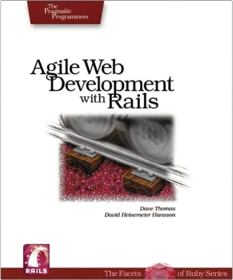 With this book you'll learn how to use ActiveRecord to connect business objects and database tables. No more painful object-relational mapping. Just create your business objects and let Rails do the rest. You'll learn how to use the Action Pack framework to route incoming requests and render pages using easy-to-write templates and components. See how to exploit the Rails service frameworks to send emails, implement web services, and create dynamic, user-centric web-pages using built-in Javascript and Ajax support. There are extensive chapters on testing, deployment, and scaling. You'll see how easy it is to install Rails using your web server of choice (such as Apache or lighttpd) or using its own included web server. You'll be writing applications that work with your favorite database (MySQL, Oracle, Postgres, and more) in no time at all. You'll create a complete online store application in the extended tutorial section, so you'll see how a full Rails application is developed—-iteratively and rapidly. Rails strives to honor the Pragmatic Programmer's "DRY Principle" by avoiding the extra work of configuration files and code annotations. You can develop in real-time: make a change, and watch it work immediately. Forget XML. Everything in Rails, from templates to control flow to business logic, is written in Ruby, the language of choice for programmers who like to get the job done well (and leave work on time for a change). Rails is the framework of choice for the new generation of Web 2.0 developers. Agile Web Development with Rails is the book for that generation, written by Dave Thomas (Pragmatic Programmer and author of Programming Ruby) and David Heinemeier Hansson, who created Rails. Theorie und Praxis relationaler Datenbanken (Ausbildung und Studium)  Programming Ruby 1.9: The Pragmatic Programmers' Guide 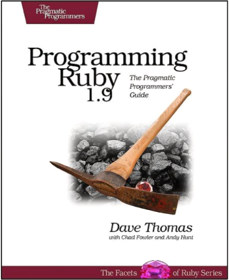 This is the reference manual for Ruby, including a description of all the standard library modules, a complete reference to all built-in classes and modules (including all the new and changed methods introduced by Ruby 1.9). It also includes all the new and changed syntax and semantics introduced since Ruby 1.8. Learn about the new parameter passing rules, local variable scoping in blocks, fibers, multinationalization, and the new block declaration syntax, among other exciting new features. Taschenbuch der Informatik 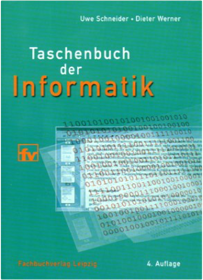 Nimmt man sich vor, ein Taschenbuch zur Informatik mit knapp 800 Seiten zu schreiben, steht allem voran der möglichst umfassende Überblick. Das geht natürlich auf Kosten der Tiefe, mit der auf die einzelnen Themen eingegangen werden kann. Doch Uwe Schneider und Dieter Werner haben diese Hürde mit einer durchdachten und leicht nachvollziehbaren Struktur genommen und bieten ein kompaktes Nachschlagewerk, mit dem man schnell und sicher ans Ziel kommt. Los geht es mit einer Darstellung der Informatik, den theoretischen Grundlagen und einem Einstieg in die computerinterne Informationsdarstellung. Dann folgen Kapitel zum Computer, dem externen Speicher, periphere Geräte und Betriebssysteme. Wie der theoretischer wird es dann mit Algorithmen und Datenstrukturen, Sotwaretechnik, Programmiersprachen und Datenkommunikation. Aktuelle Bereiche umfassen Kapitel zu Internet und Intranet, zu verteilten Systemen, Datenbanken, Sicherheit, sowie ein in dieser Auflage neues Kapitel zu Computer- und Multimediarecht. Auch die Mensch-Computer-Interaktion wird von den Autoren umrissen und multimediarelevante Themen wie Computergrafik, Bildverarbeitung und Multimedia selbst stehen neben Kapiteln zur Wissensverarbeitung, Modellbildung und Simulationen bis hin zu Steuerungssysteme und betriebliche Informationssysteme. Am Ende befindet sich dann noch ein Abkürzungsverzeichnis, ein Literatur- sowie ein Sachwortverzeichnis. Ergänzt wird das Buch noch von einer Webseite, die aktuelle und zusätzliche Informationen enthält. Taschenbuch der Informatik ist klein, kompakt und erstaunlich umfangreich, verständlich verfasst und gibt seine Informationen widerstandslos preis. Empfehlenswerter Begleiter für Studium, Prüfung und den Informatikalltag. —Wolfgang Treß |


raφ Library
Collection Total:
2’179 Items
2’179 Items
Last Updated:
Feb 18, 2019
Feb 18, 2019
 Made with Delicious Library
Made with Delicious Library